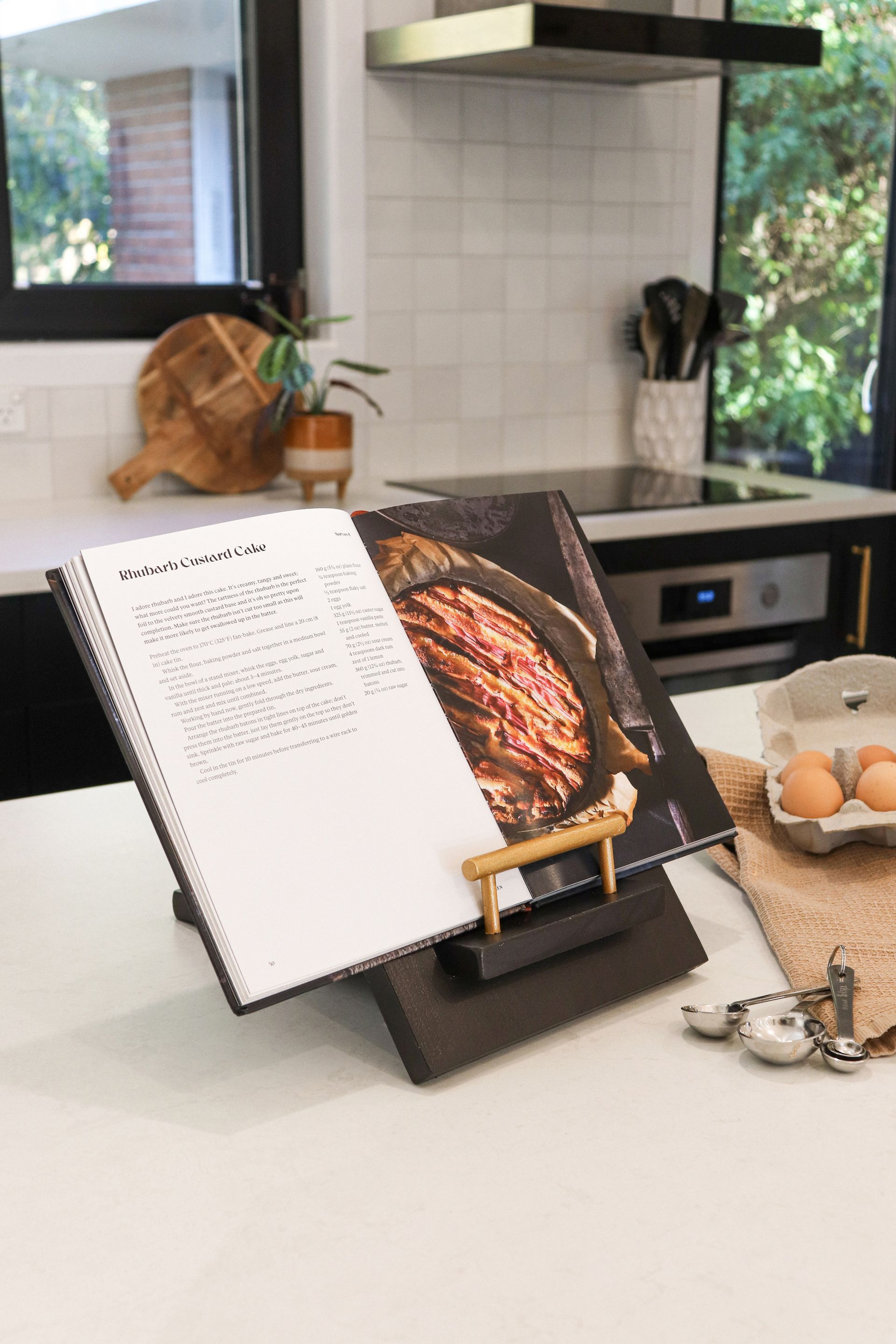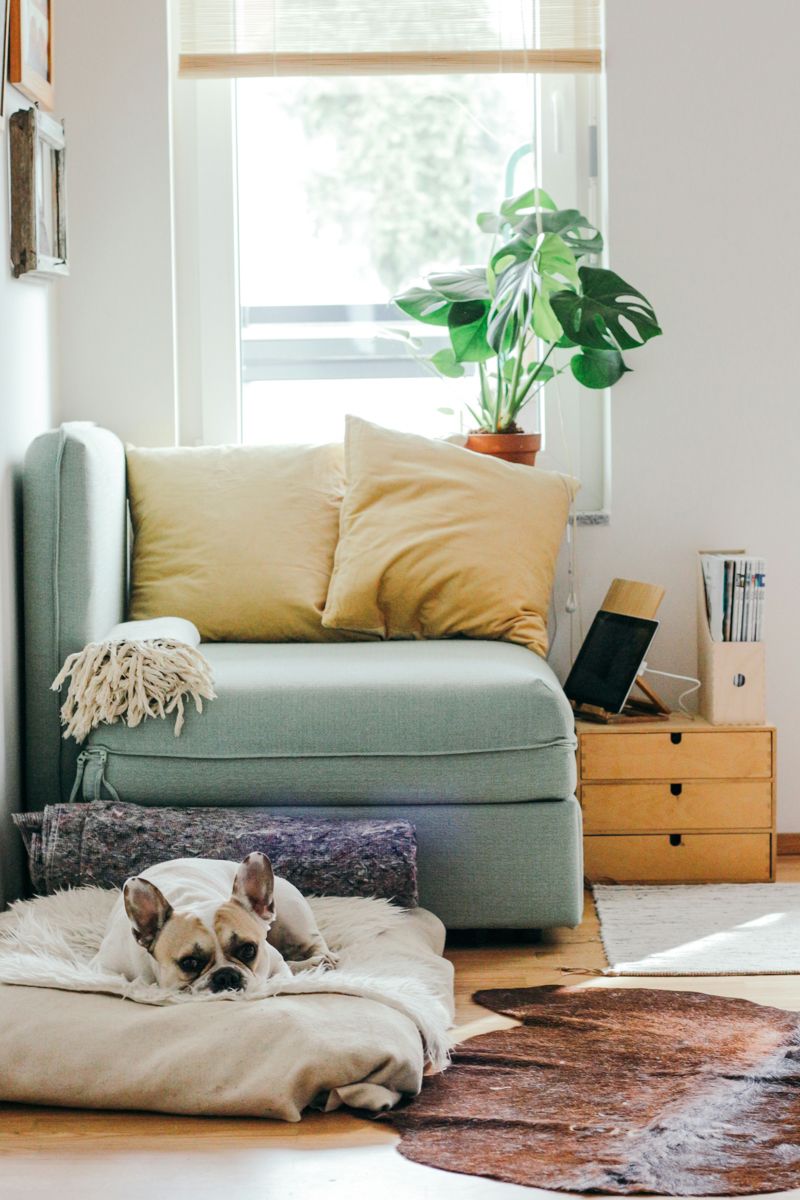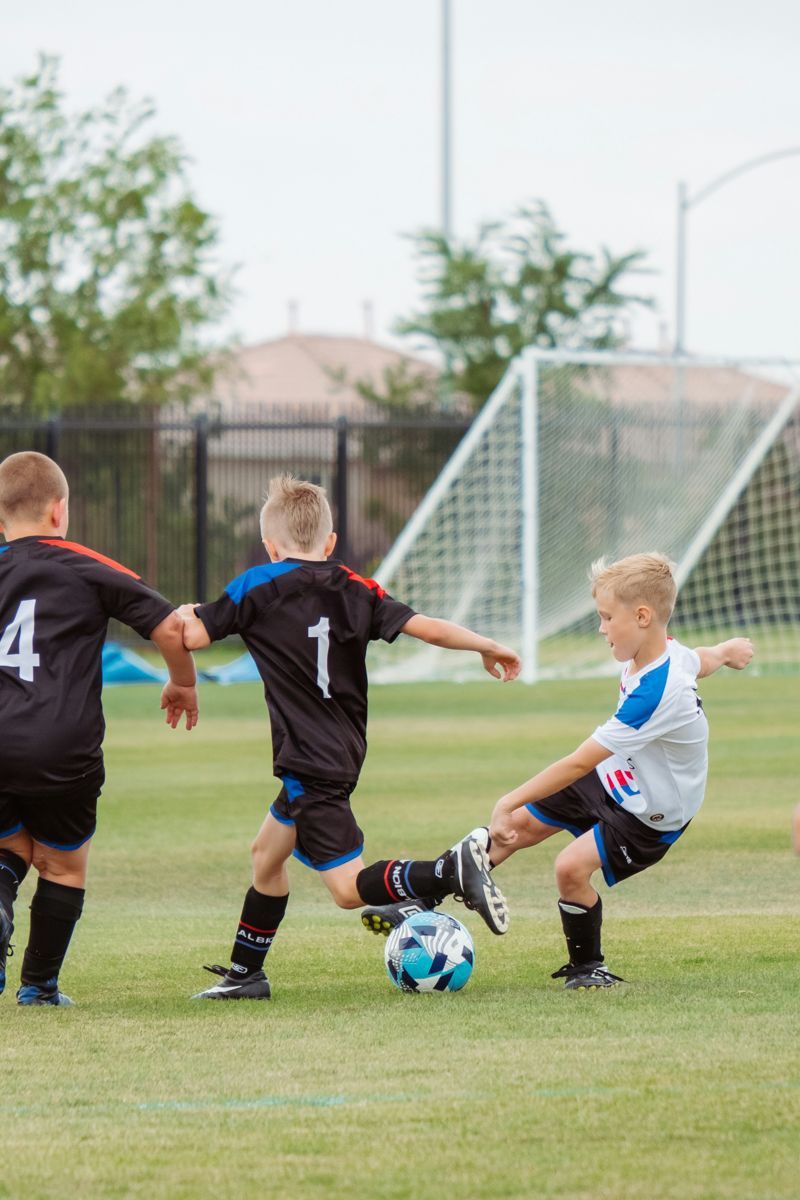Not long after Phillipstown School was closed seven years ago as part of the Christchurch schools’ post-earthquakes reorganisation, the school site reopened as a community hub. Today, Te Whare Whānau Whānui/Phillipstown Community Hub is a thriving place that offers a warm welcome and a host of activities and programmes.
Fresh coffee is on the brew when I arrive at the hub’s main office. It’s a beautiful crisp day and the old school grounds are quietly busy. From somewhere nearby, I can hear the sound of drums. Outside one of the blocks, a garden bed is getting a makeover and there are people coming and going from various rooms. Hub manager Viviana Zanetti, who has been coordinating everything here for the past six years, is excited to be meeting me today and is keen to show me around.
Our tour takes us past former classrooms that serve today as community lounges and meeting rooms for 10 permanent organisations and dozens of other groups, including craft groups, fitness clubs, community art and music, and the Canterbury Refugee Resettlement and Resource Centre. People of all ages and cultures come here to relax, learn, create and connect. Care and support are a big part of the ethos for the Phillipstown Community Centre Charitable Trust (PCCCT) that runs this hub, also home to a community pantry, community gardens and various health and wellbeing services. Annual events include an Easter egg hunt, a Matariki celebration and a November gala day.
The traditional perception of Phillipstown is that it’s a low socioeconomic, unsafe neighbourhood,’ observes Viviana as she leads me through to the hub’s well-kept community fruit and veggie gardens, complete with beehives. ‘After having been here for six years, I have a different perception: this is a working-class neighbourhood – there are a lot of hard workers here – and it is a neighbourhood with high ethnic diversity too. We have large communities from Asia, India and the Philippines and many new migrants, as well as people who have lived here for 20 years or more. Our main challenge is not so much safety as social cohesion.’
Bringing people together is what this hub is all about. The hub’s gardening team includes many volunteers and they’re getting stuck in today to help form a path between the main veggie beds and the beehive area, also in the throes of redevelopment. A new sensory garden is starting to take shape too. Viviana tells me a working bee is coming up soon to tidy the hub’s original community garden area, filled with planter boxes growing various herbs and veggies.
‘People can come and help themselves – by and large, our community gardens are well-respected. What often happens is that people come for our food pantry and then wind up volunteering here. It’s not just about taking. We provide opportunities for people to give back as well. We welcome donations of tools for the gardens, food for the pantry, or time as we often need people for our working bees and to help in the gardens.’
While Phillipstown and Christchurch’s eastern suburbs are the hub’s area of special interest, some groups serve the wider city. ‘I see this as a positive because it’s bringing people to Phillipstown who would not otherwise come, and helps raise the area’s profile. For example, we have a vegan market here every last Saturday of the month.’
Viviana and her husband Massimo, a geologist, moved to New Zealand from Italy in 2013. While her background is in constitutional law, Viviana has loved working as the hub’s coordinator since April 2016. ‘In Italy, public funding does not get spent on community-led initiatives like this. I had taken part in voluntary activities in Italy, but this approach was new to me. I think it’s great because it’s so empowering for people.’
At the hub’s centre is the Kotahitanga comprising two roofed spaces furnished with benches, tables, a wooden platform and barbecue area, complemented with a much-used pizza oven. Designed and built by Greening the Rubble (now The Green Lab), with help from volunteers and donations from business and community groups, the Kotahitanga is the hub’s main outdoor events and meet-up spot. Even though it’s quieter over winter, it’s still a great area for people to get together on sunnier days.
Close by is the hub’s community cafeteria, complete with solar power and hot water, which was officially blessed and named as the Wairuatanga in April. The hub won the kitset wooden cabin in a competition for community organisations run by Australian company SheShed. The doors are always open for whānau to drop by and make themselves a cuppa.
Viviana points out another recent addition, a colourful children’s play area that grew out of an innovative proposal mooted by Dr Wendy Hoddinott of Gather Landscape Architecture. Local children taking part in the hub’s OSCAR programme participated in the design process for this area – dubbed ‘The Imaginarium’ – along the way learning how to pool ideas with each other.
‘The Imaginarium has been shortlisted for the Resene New Zealand Institute of Landscape Architecture Awards 2022 [“He iti Pounamu” category], with the final decision coming in October. It’s very exciting for us and was a really interesting way to involve children and show the benefits of compromising to achieve a good outcome.’
In spite of all the good that this hub is doing, Viviana says its future is uncertain. While the PCCCT has secured the school site through to June 2023, this is not a permanent arrangement. ‘The Ministry of Education has been amazingly supportive. Even though social cohesion and community development is not in the Ministry’s kaupapa, they have allowed us to use this site in this way since 2015 and we’re extremely grateful for that.’
Housing intensification in the area may eventually lead to the site being reinstated as a school but Viviana thinks it’s more likely that the Ministry will declare the land surplus to requirements and start a sale process. Looking ahead, Viviana sees potential for a community partnership with Ngāi Tahu that could combine affordable and social housing with a community centre to continue supporting Phillipstown.
Recent stories



All Rights Reserved | CountryWide Media




